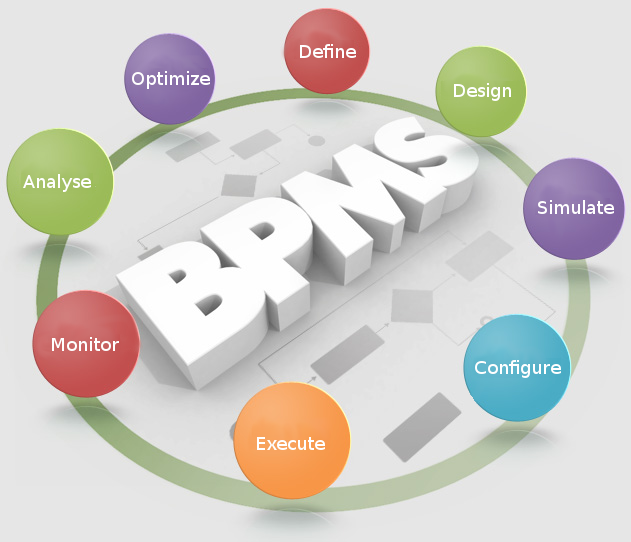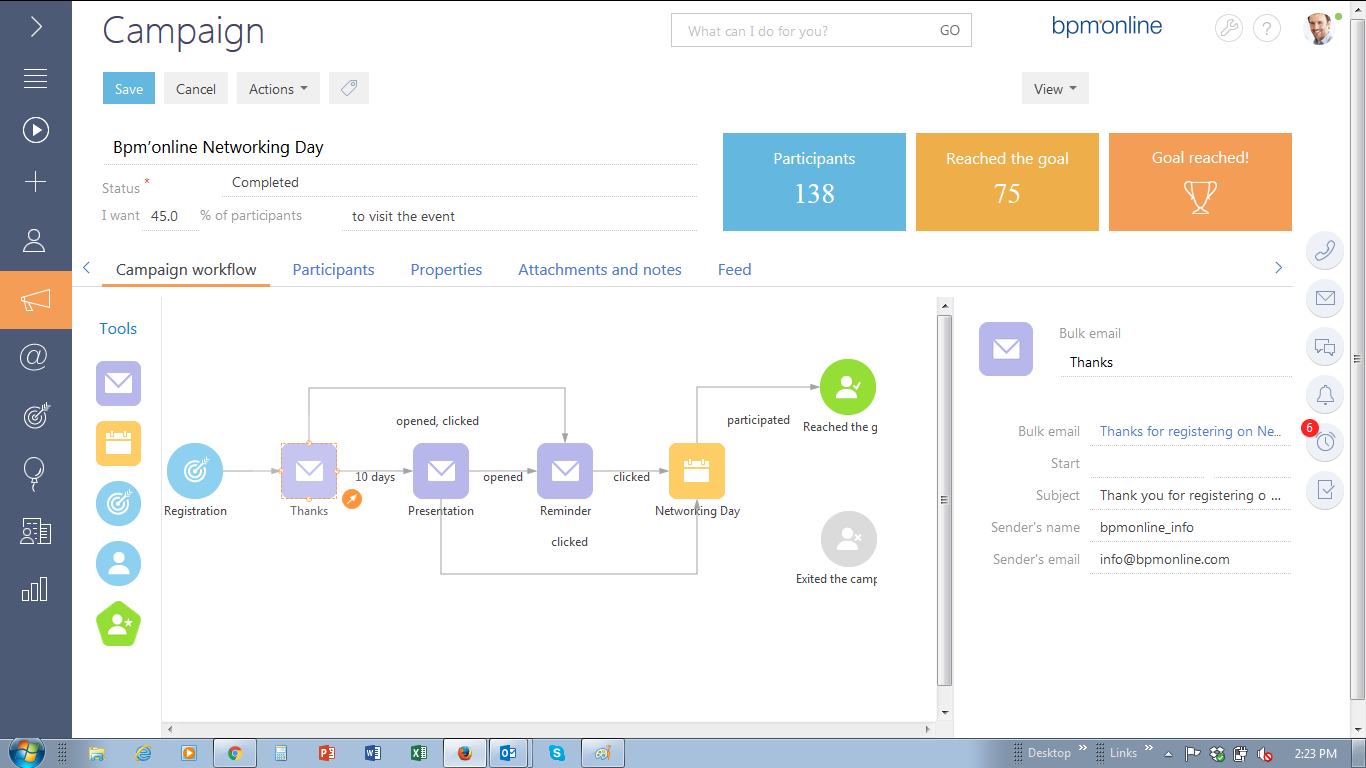
BPM (Business Process Management) systems are the special class of software products, which help manage different organizational processes at the enterprises.
BPM software was created in order to quickly identify the weaknesses of processes and business units, which reduce the overall efficiency.
Unlike other information systems, which use a process approach (ERP, OLAP system, DocFlow), business process management software is easier to use, moreover, it brings the RIO faster. BPM systems (https://www.bpmonline.com/bpm-software) represent three main products:
- Bpm’online marketing.
- Bpm’online sales.
- Bpm’online service.
All these BPM tools provide managers with the possibility to manage business processes within the organization; the decision-makers are provided with a clear distribution of responsibilities and an effective management of their working time; and the customers are supplied with qualitative products and quick services.
Among different information systems, which provide the automation of business processes management, the BPM systems are represented by the conjunction of the three types of corporate software. These types include:
- document management systems that allow to automate and control the documents flow on predefined rules;
- resource management system such as ERP, CRM systems that allow you to manage and control the company’s resources, including the personnel;
- CASE tools, such as ARIS, BPwin, ERwin, Rational Rose, which allow you to model and analyze the processes of the organization.
The functionality of online BPM expands with every year. They included into their functionality the benefits of some “traditional” business systems and they have acquired the ability to integrate with other systems within organization.
The main benefits of the BPM systems
BPM systems (https://www.bpmonline.com) allow:
- to define the processes in the company;
- to present their graphical schemes;
- to perform management, analysis and further improvement of business processes.
The main purpose of BPM online is associated with:
- improvement of the working effectiveness;
- reduction in operational costs;
- improvement of the management system.
Unlike other systems, BPM systems are aimed at the automatization of the company’s business processes. Enterprise management system such as ERP, usually has a built-in functional (reference model), which requires manual configuration of every business process. BPM systems do not require any reference models to configure business processes and they perform it automatically.
Document management system is focused primarily on the storage and retrieval of self-contained electronic data resources in the document form. The DMS is used to help the organizations to manage the creation and flow of documents through the provision of a centralized repository. The workflow of the DMS stores business rules and metadata.
One of the strengths of BPM systems is the ability to integrate with other customer management software. This significantly increases the flexibility of established business models. Most CASE tools are “monolithic” software products, focused on a limited set of tasks. Such models have limited ability to integrate. The BPM systems have a service-oriented architecture (SOA https://msdn.microsoft.com/en-us/library/aa480021.aspx). It allows you to integrate business process models in a variety of applications.
BPM online structure

BPM systems control such processes as workflow, information flow, and the interaction between software systems and people involved in the process. It coordinates the flow, the interaction patterns across manual and systematized tasks. As a rule, the BPM’s design includes several software components, which allow you to manage all of these interactions.
In general, the structure of online BPM systems contains:
- software components for collaborative modeling of business processes;
- tools for creation business rules, and their management;
- modules for creation and integration of IT infrastructure into existing business processes;
- workflow tools;
- repository for the storage and execution of business process models;
- analyzing module that allows users to monitor business processes.
Basic software modules that make up the BPM systems
Graphical Modeling Framework (Module). This tool is designed for graphical process modeling, which helps to easier represent the workflow processes, business rules and flow of information;
Dynamic Simulation Module. With the help of this tool, BPM systems can introduce business process models in dynamics. Using this tool, it is possible to identify processes’ bottlenecks and eliminate them quickly. It means that analysts can adjust the processes at the stage of their modeling.
Application Development Module. This module provides the developers with the necessary tools for integration with other business applications and information systems.
Workflow and business rules management module. This module provides with the control over workflow, flow of information and documents, as well as supervises the execution of specified business rules. It helps at assigning the tasks to the responsible employees, who are involved in the certain business process.
Process management module. This module is required to carry out the process of monitoring. It allows you to watch the process performance, analyze it, and create the required reports. Monitoring can be performed using various parameters of business processes and you can quickly make adjustments to the processes based on these parameters.
More info
3 Amazing Advantages of Introducing BPMS to Your Business
Five Ways How Business Process Management Increases Efficiency
Why Is It Important to Have a Quality Business Process Management System?
What Is Business Process Management Software and How It Can Benefit Your Business
3 Things You Need to Know about BPMS Systems







